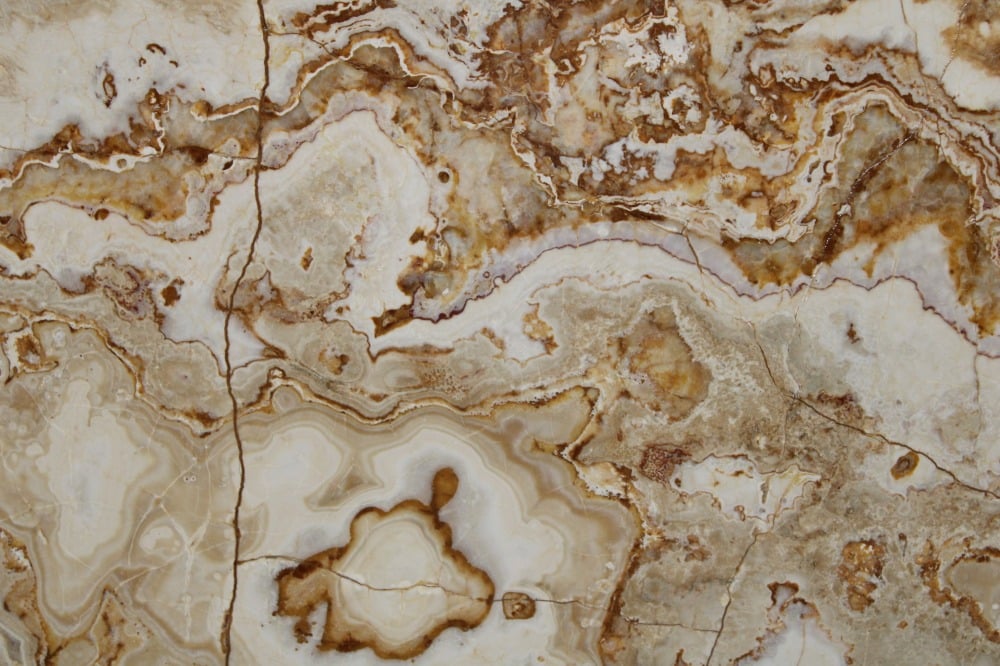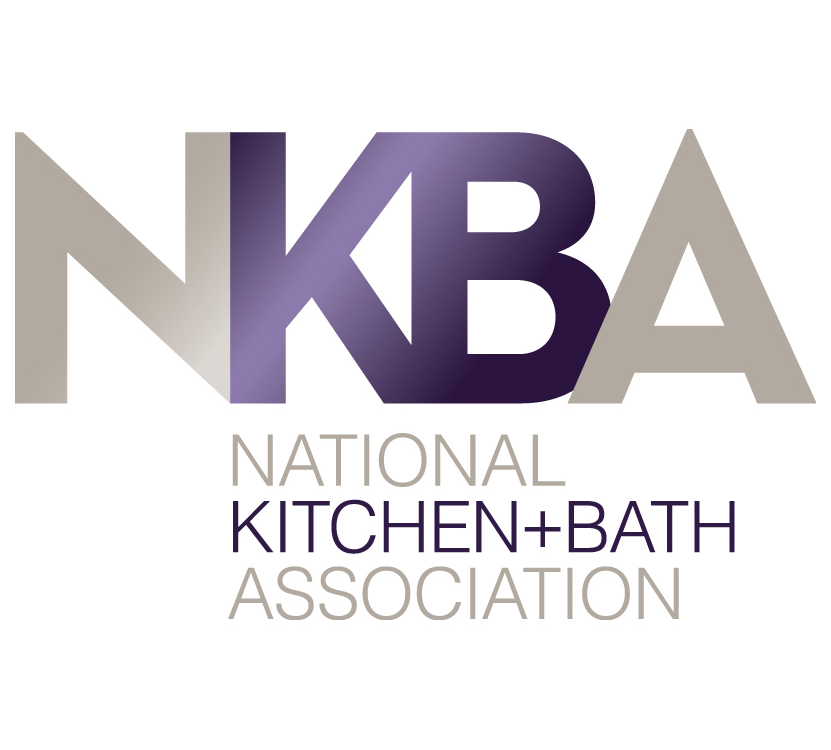
If you’ve turned to your browser and typed in a phrase like “stone slab suppliers near me” lately, the odds are you’re considering an important purchase. With so many options on the market, the search can feel daunting. Here’s a quick guide from Cosmos SurfacesTM to shopping for natural stone slabs!
Step 1: Assess your Needs
The properties you need in a natural stone surface will vary based on its application. A kitchen countertop should be scratch and stain resistant, while a commercial countertop might need to withstand fingerprints and oils. Stone used for outdoor applications like patios needs to withstand extreme temperature shifts, while you might favor texture for grip on a bathroom floor. It’s a good idea to write out a list of the properties you need so you can get advice from your stone slab supplier.
Step 2: Visit a Stone Showroom and Obtain Samples
Once you understand your needs and have narrowed down your search, visit a stone showroom to see the options you have and satisfy your requirements. If you are not sure, ask for assistance. Once you know your choices, it can be helpful to get sample sizes of the stones you are considering. Suppliers can often provide samples so you can experience the texture, color, and coordinate other finishes like backsplash, trim, paint, cabinet colors and appliances.
Step 3: Test the Stone
To really assess whether a natural stone will meet your needs, you can do some tests on your samples. You can test for the following properties:
- Hardness – a stone’s resistance to scratching. Use a sharp corner of the stone to scratch a glass tile, or scratch the stone with a knife blade. If the stone leaves a scratch on the glass or is able to withstand a blade, it can likely withstand common wear and tear.
- Durability – a stone’s resistance to splitting or cracking. Many types of stone, like slate or schist, are layered. You can investigate a broken edge to see if you can pry apart those layers. It’s also a good idea to check for fissures (naturally occurring splits in the rock) or cracks (man-made splits caused during fabrication, transportation or installation). You’ll want to watch out for fissures or cracks you can feel on the surface, any that run all the way through or any appearing near edges or overhangs.
- Acid Resistance – Everyday household acids can cause etching (a dull mark) on stone. Test for acid resistance by letting lemon juice or vinegar sit for several minutes before wiping it off and checking for etching at a low angle. Granite, quartzite and soapstone are excellent options if acid resistance is a priority.
- Staining/Porosity – If your sample is sealed, check to see if water beads up and is wiped away easily, whether it leaves a damp mark or whether it soaks into the stone. Porosity is a good indication of how easily a surface will stain. Lower absorption means higher stain resistance.
Looking for “Stone Slab Suppliers Near Me”? Turn to Cosmos SurfacesTM
If you have questions about natural stone, please call or contact us today – Cosmos SurfacesTM is happy to help! We are experts on the properties of different types of natural stone, so we can provide the best advice on the perfect material for your project.
Color of the Month: Cinnamon Stick
This month’s featured trending color is Pantone 18-1345, Cinnamon Stick! The Pantone Color Trend Report says, “Earthy and warm, Cinnamon Stick is sweet yet spicy.”

Swirling pink and umber is how this rust-hued onyx, Red Dragon, gets its name. Originating in Iran, Red Dragon resembles an aerial shot of a desert, a soft caramel with rivulets of bold amber. With its polished finish and unique texture, Red Dragon is stunning in bathrooms as a vanity, wall tiling, or flooring.












